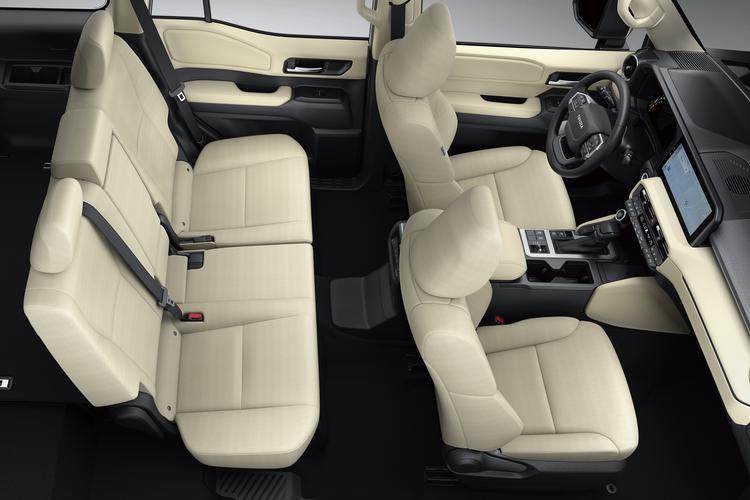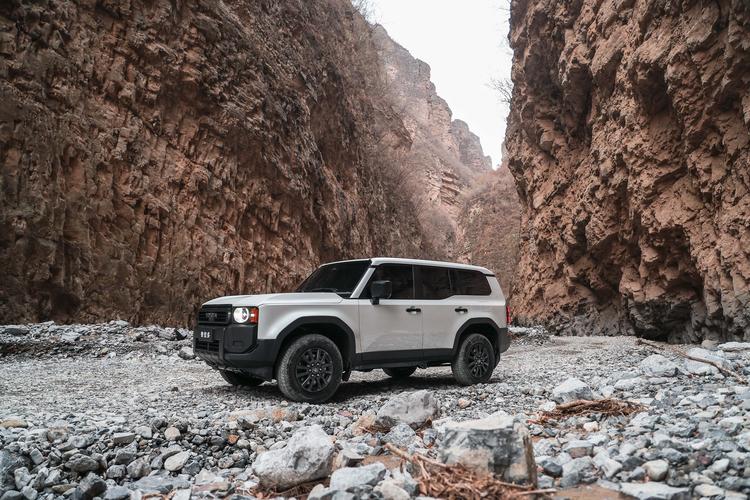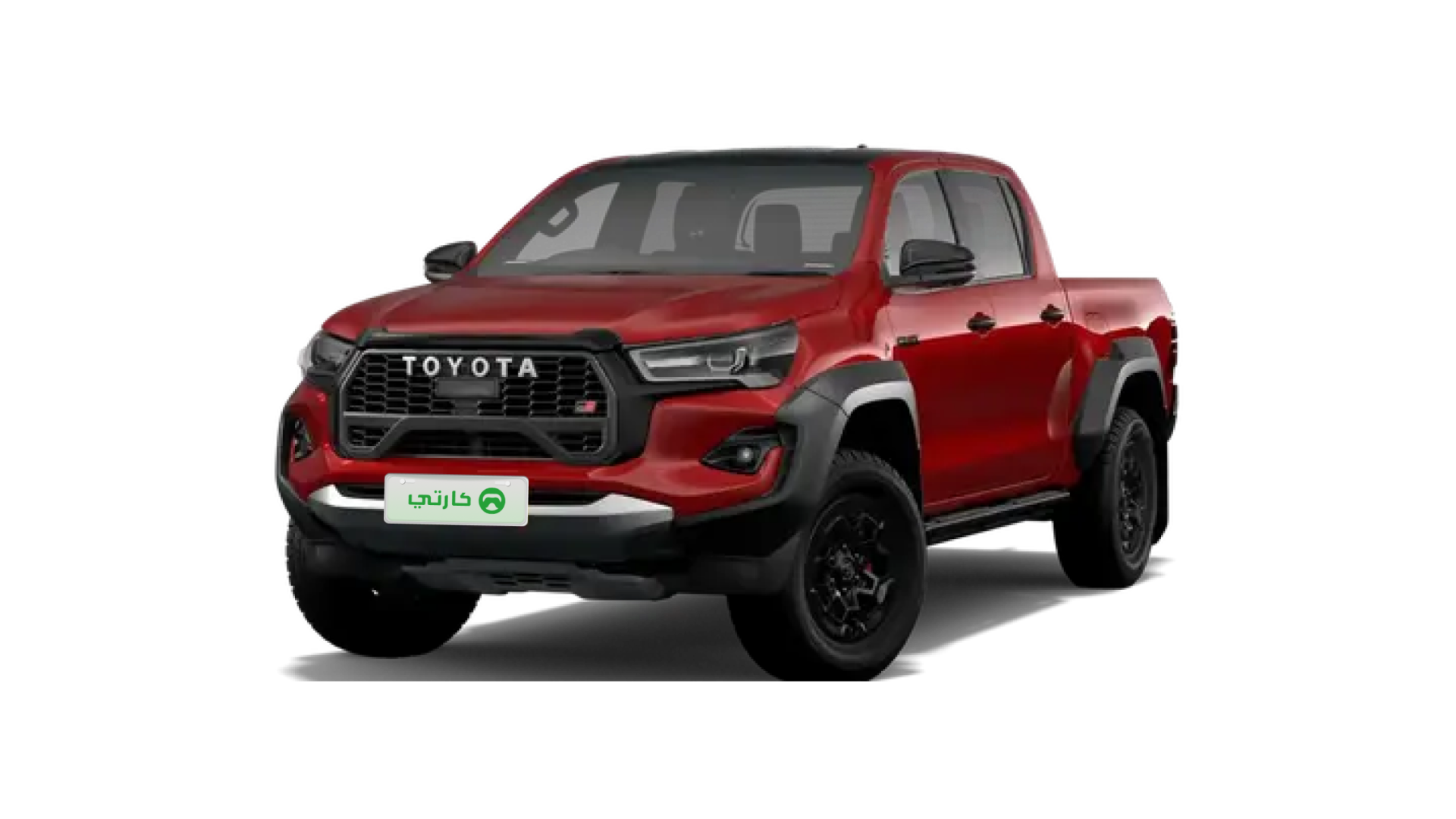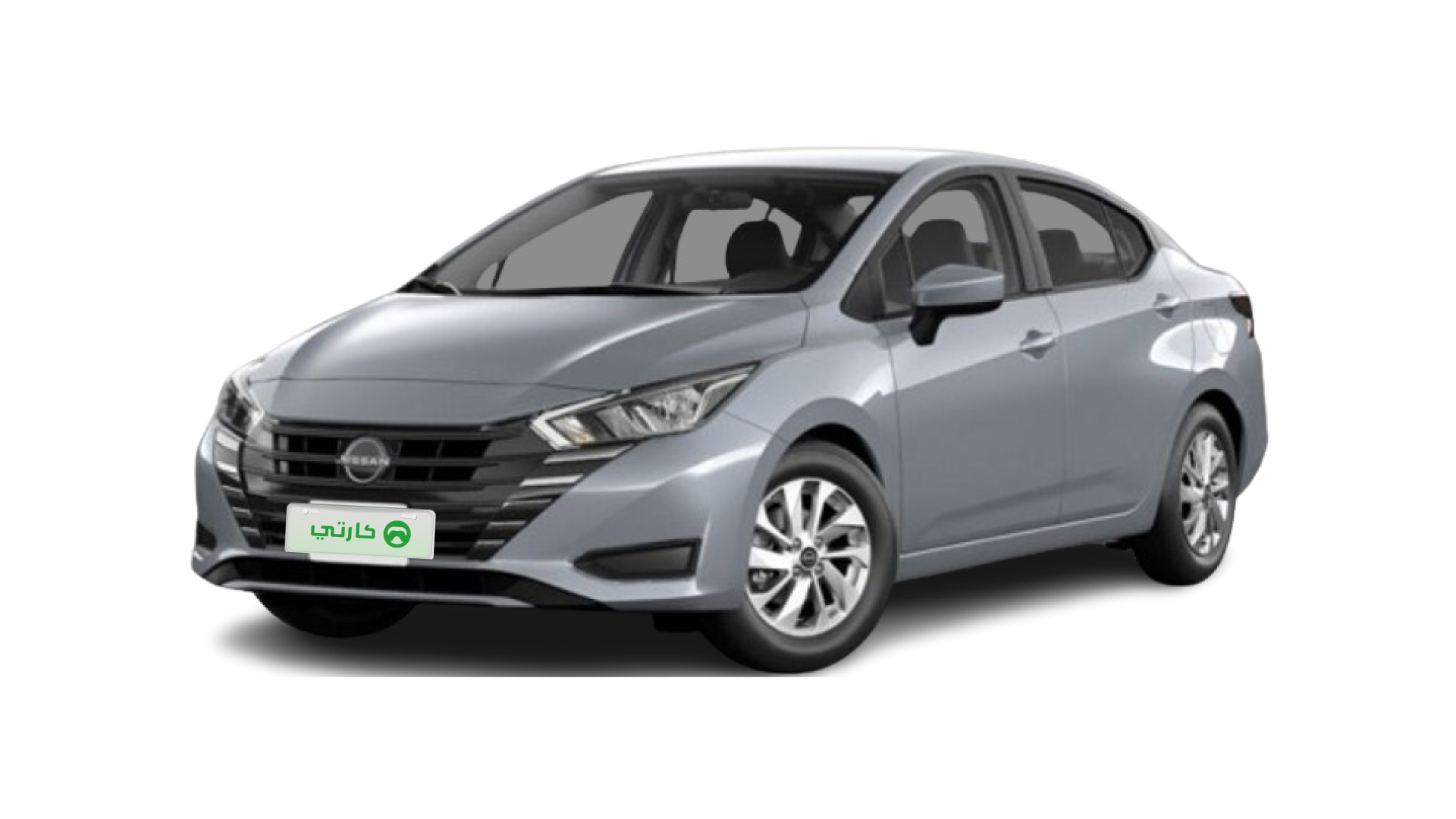The Toyota Prado 2024 fuel consumption topic has generated significant interest among Gulf drivers. In this guide, you will discover practical advice, technical insights, and real-world data to help you maximize efficiency and save on fuel expenses.

How to Improve Your Toyota Prado 2024 Fuel Efficiency Today
Our first area of focus is on immediate strategies that can make a real difference. When driving your Prado, consider the following actionable steps:
Activate Eco Mode: Use the Eco mode setting during urban drives to reduce fuel usage by 8-12%. This simple adjustment can deliver noticeable savings.
Maintain Optimal Highway Speeds: Keeping your speed between 90-100 km/h not only helps with aerodynamics but also enhances fuel efficiency. This steady pace is ideal for both safety and economy.
Minimize Idling: Prolonged idling wastes fuel. By reducing idle time, you allow your engine to warm up faster while moving, lowering consumption.
In addition, set aside time each week for routine maintenance checks. A simple checklist is provided below:
Tire Pressure: Check every two weeks. Maintaining proper tire pressure can improve efficiency by 2-3%.
Air Filter: Inspect monthly. A clean air filter prevents unnecessary fuel waste, sometimes reaching up to a 10% saving.
Engine Oil: Change every 10,000 km. This preserves optimal engine performance and can sustain an efficiency gain of 5-7%.
Task | Ideal Frequency | Estimated Efficiency Impact |
|---|---|---|
Tire Pressure Check | Every 2 weeks | 2-3% improvement |
Air Filter Inspection | Monthly | Up to 10% savings |
Engine Oil Change | Every 10,000 km | 5-7% optimized performance |
The Engineering Behind Toyota Prado 2024's Fuel Economy
Understanding the engineering can help you appreciate the fuel performance of your Prado. The vehicle features a refined 2.8L turbo-diesel engine that delivers a robust 204 PS and a torque of 500 Nm over a wide RPM range (1,600-2,800 rpm). This power unit is complimented by a 6-speed automatic transmission equipped with AI-driven shift logic, ensuring smooth gear transitions while maximizing fuel economy.
Additional features include the innovative Kinetic Dynamic Suspension, designed to reduce drag during challenging cornering, thereby benefiting fuel consumption.
Even though the Prado 2024 isn’t a full hybrid, it incorporates promising hybrid readiness elements such as:
Regenerative Braking: Recaptures energy to reduce overall fuel demand.
Auto Start/Stop Technology: Shuts off the engine when idling, cutting down on unnecessary fuel usage.
Lightweight High-Tensile Frame: Contributes to efficient fuel performance by reducing overall weight.
Real-World Fuel Consumption:Urban vs. Desert Conditions
Gulf drivers often experience a wide spectrum of driving conditions. Recent tests conducted on routes like the Dubai-Sharjah corridor show that the Toyota Prado 2024 averages around 10.5L/100km in typical urban conditions. In peak traffic, consumption can spike to 14.2L/100km, while night driving might yield as low as 8.9L/100km.
For off-road enthusiasts, fuel consumption naturally varies based on terrain. Below is a comparative table reflecting different driving environments:
Terrain Type | Average Fuel Consumption | Recommended Driving Mode |
|---|---|---|
Sand Dunes | 16.8L/100km | 4L (Low Range) |
Gravel Roads | 12.3L/100km | Multi-Terrain Select |
Rock Crawling | 18.4L/100km | Crawl Control |

Future-Proof Fuel Management (2025 Onwards)
Looking ahead, advancements are set to further enhance fuel efficiency. Emerging technologies include:
Predictive Cruise Control: Uses GPS terrain mapping to adjust speeds proactively, conserving fuel over varied routes.
Solar Roof Panels: Integrated panels can power ancillary systems, reducing the load on the engine and saving fuel.
Biofuel Compatibility Upgrades: This anticipates changes in fuel types and ensures that your Prado remains efficient even with alternative fuels.
Fuel cost projections for Gulf drivers using dual currency examples (AED/SAR) are as follows:
Fuel Price Scenario | Annual Cost for 20,000 km |
|---|---|
Current diesel rates | AED 5,200 / SAR 5,200 |
With a 15% increase | AED 5,980 / SAR 5,980 |
After efficiency improvements | AED 4,680 / SAR 4,680 (optimized) |
Owner-Approved Fuel Saving Accessories
Many Prado owners have identified accessories that help reduce fuel consumption. Consider these top add-ons for the Gulf environment:
Aerodynamic Roof Racks: These can reduce drag by up to 7%, lowering overall fuel usage.
LED Lightbar Replacements: Enhanced lighting improves visibility while using less power.
Engine Thermal Wraps: Aid in maintaining optimal engine temperatures, crucial for fuel economy.
Tire Pressure Monitoring Systems: Ensure your tires are always at the right pressure, preventing unnecessary fuel loss.
Dual-Range Fuel Mapping Chips: Fine-tune engine performance across different driving conditions.
For those seeking professional care, many dealerships in the GCC offer maintenance packages. Popular options include:
Basic Package: Around AED 1,500 / SAR 1,500 per year, covering three oil changes and filter replacements.
Premium Package: Approximately AED 2,800 / SAR 2,800 per year, which includes full system diagnostics and software updates.
Off-Road Package: Priced near AED 3,500 / SAR 3,500 per year, specially designed for rugged conditions with added underbody protection and cooling system checks.
FAQ
Q1:How Does Eco Mode on the Toyota Prado 2024 Help with Fuel Consumption?
Eco Mode is specifically designed to modify the throttle response and adjust the ancillary systems to optimize fuel use. When enabled, this setting can reduce fuel consumption by calming the engine’s response during city driving. Many drivers in the Gulf notice smoother performance and improved efficiency, especially in stop-and-go traffic. Using Eco Mode regularly can also prolong engine life and reduce wear over time. It’s a simple yet effective way to cut down on fuel costs while navigating busy urban areas.
Q2:What Are the Key Technical Features That Impact Fuel Efficiency in the Prado 2024?
The Prado’s refined 2.8L turbo-diesel engine, paired with a smart 6-speed automatic transmission, plays a vital role in balancing performance with efficiency. The incorporation of AI-based shift logic ensures that the engine operates optimally across different conditions. Additionally, systems like regenerative braking and auto start/stop further enhance fuel-saving capabilities. These technologies work together to provide a more economical driving experience, especially for GCC drivers facing varied terrains.
Q3:How Can Routine Maintenance Improve Fuel Economy in My Prado?
Regular maintenance is essential to keep your Prado running smoothly and efficiently. Simple tasks like checking tire pressure and replacing air filters can lead to noticeable fuel savings. Periodic engine oil changes help maintain optimal engine performance and reduce friction, contributing to better fuel economy. Following a structured maintenance schedule is particularly important in extreme climates where performance can be affected by temperature variations. Maintaining your vehicle regularly is a proactive step towards reducing overall fuel expenses.
Q4:Are There Any Upcoming Technologies That Will Further Enhance Fuel Efficiency?
Yes, future innovations such as predictive cruise control and solar roof panels are on the horizon. These systems are set to revolutionize how your vehicle interacts with the driving environment, using real-time data to optimize fuel consumption dynamically. Such technologies are particularly promising in regions where road conditions and weather patterns vary significantly. They represent a blend of advanced engineering and practical application, ensuring that your Prado remains efficient well into 2025 and beyond.
Q5:What Accessories Can I Install to Lower Fuel Consumption?
Owners have reported significant fuel savings by installing accessories like aerodynamic roof racks and dual-range fuel mapping chips. These accessories help in reducing drag and calibrating your engine’s fuel delivery for varying driving conditions. Other popular add-ons include LED lightbars and tire pressure monitoring systems. Each accessory is designed to offer incremental improvements that, when combined, lead to noticeable fuel efficiency gains. This approach caters well to the specific needs of GCC drivers facing both urban and off-road challenges.
This article is for reference only; please comply with local laws and regulations, as they may be subject to change.
Read More:
What Is an SUV Car? 2025’s Complete Guide for Modern Drivers
Is Toyota Rush a Good Car? 2025 Owner's Guide for Practical Buyers
8 pics

Yasir Al-Mansouri have more than 10 years of experience in the automotive journalism world. He is an expert of automotive news articles, features, and reviews on cars, from the latest models to industry trends. He've built strong relationships with car manufacturers and industry experts. Connect with Yasir Al-Mansouri on LinkedIn to stay updated on all things automotive and join our exciting journey in exploring the world of automobiles.




















